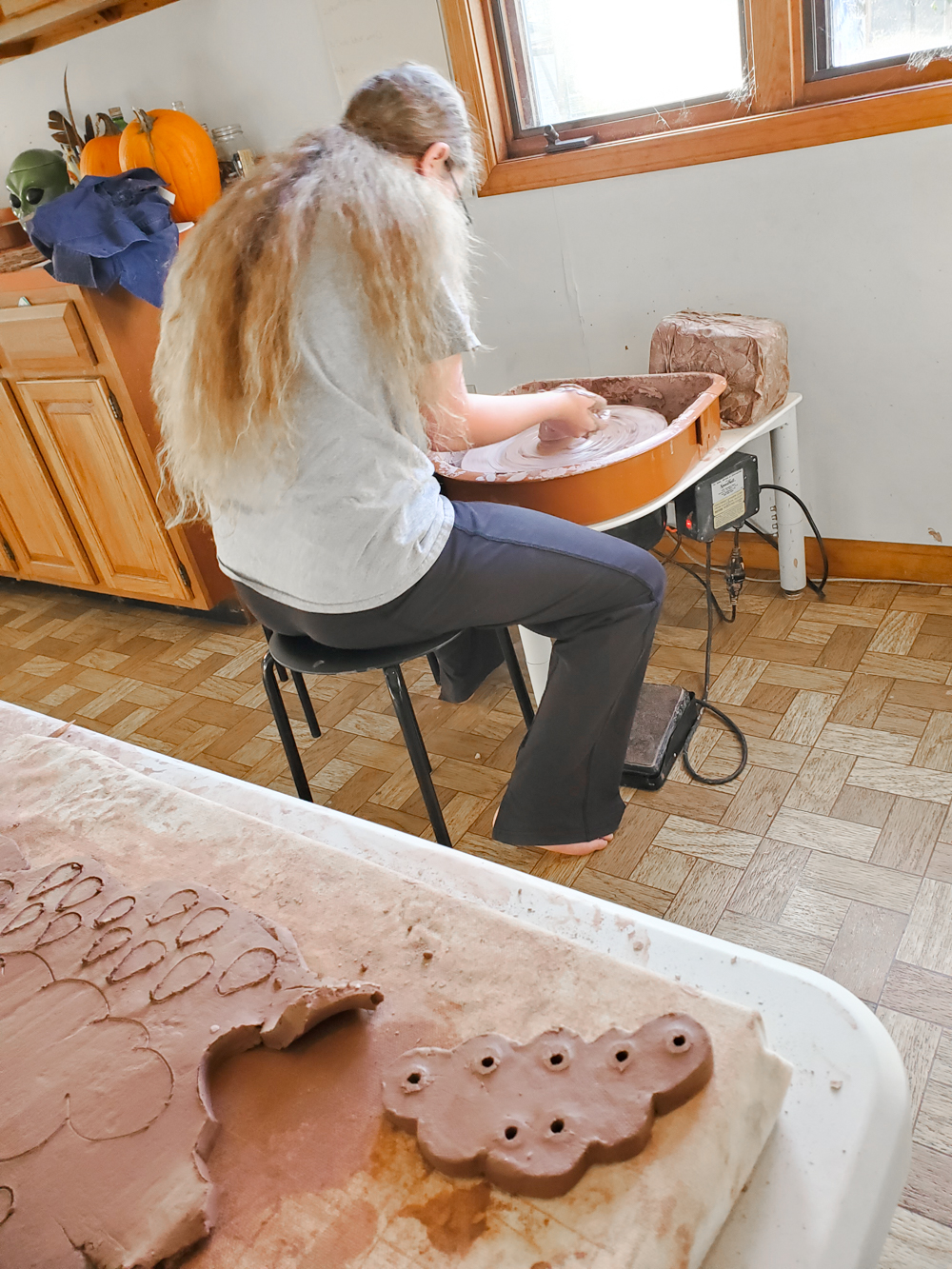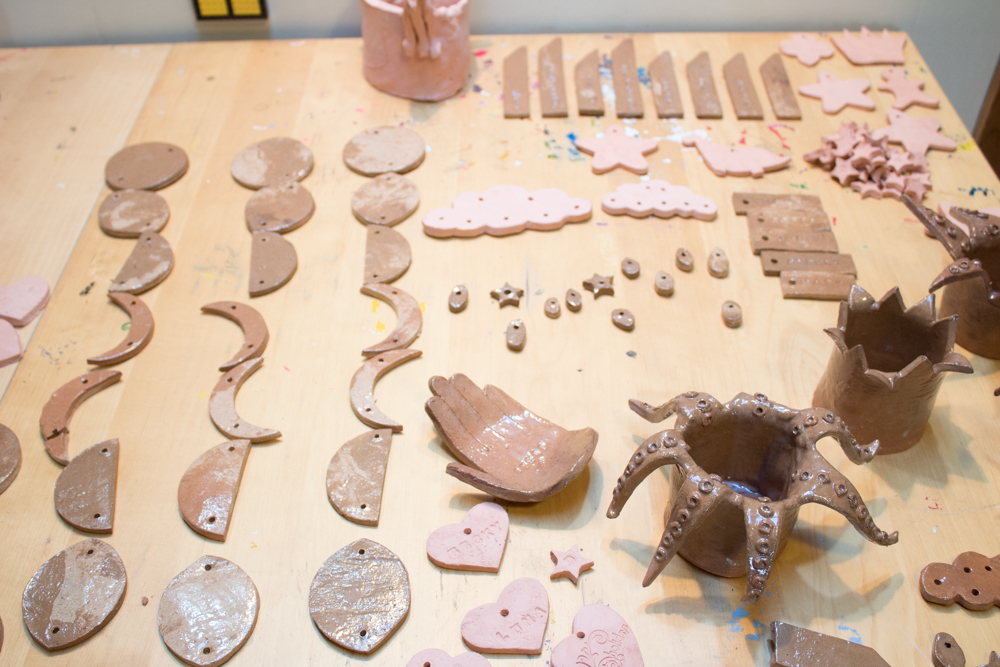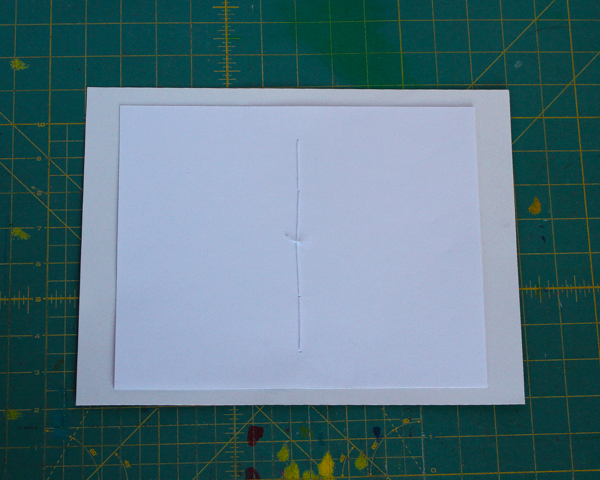Fortunately, Girl Scout uniforms have just the place for a "non-official" patch: the back! And that's how Will's brand-new Tourism badge from the Girl Guides of South Africa is now happily ensconced between her voting fun patch and the patch she earned for donating some of her fall product prizes to the sloths at the Indianapolis Zoo, instead, and on top of that Wildflowers of Ohio patch that we had so much fun earning back before the world went nuts.
I miss road trips!
I own a few Girl Guides of South Africa badges, but this is the first one that Will has worked through. I really love the different perspectives that another country's Girl Guide badges offer: the South Africa paddling badge is SO hard-core that I don't know how on earth I'm going to help Will earn it, and their baking badge, which the kids worked on this summer, required them to memorize enough terms to discernibly improve their cookbook literacy.
The Tourism badge is one of the most interesting. It makes sense, because I'm sure that a LOT of tourists to South Africa take guided tours in some capacity during their visit, and when we were in Greece, our tour guide there, Militsa, told us just some of the strenuous education and certification required to be a Greek tour guide. It's an impressive career option if you live in a place with a thriving tourism industry, and it's just so interesting to me that it's a career that doesn't really exist in the same capacity, or nearly the same frequency, in the US.
I rewrote the Tourism badge requirements a bit, but I couldn't decide if I wanted to treat the badge as a study of the way that international travelers view the United States, or as a useful primer on planning international travel of one's own... so I sort of did both. Here's my take on the badge:
GIRL GUIDES OF SOUTH AFRICA TOURISM BADGE
Browse through 2-3 US guide books marketed to visitors from outside the US (hint: search Overdrive for USA guide books!).
Make a list of qualities/characteristics/areas of expertise that a visitor from outside the US should look for in a tour guide.
Read and be prepared to discuss the following article: https://www.theatlantic.com/international/archive/2012/06/welcome-to-america-please-be-on-time-what-guide-books-tell-foreign-visitors-to-the-us/257993/
- Research at least three tour companies and the group or guided tours that they offer. For each company, choose one tour that YOU would like to go on.
- Create a chart that compares/contrasts the following information about each tour/tour company:
Cost of tour vs. value of tour (YOU determine what makes the tour a good value!)
Type of tour/quality of tour (eco tour, luxury tour, adventure tour, etc. Give each tour a category that you create!)
Tour amenities, evaluated on a scale that YOU determine based on what is important to YOU
sites/activities/adventures on each tour
Additional costs--is travel insurance included? Airfare? All meals or just some? Extra visas required?
You are a tour guide and have a visitor from overseas. Plan a 2-day trip around your state showing off its natural beauty, history, and culture.
- This trip should include several highlights and places to visit, including iconic sites, engaging activities, and interesting places to eat.
Sites to see and what they cost (eg. entrance fees)
Transportation and cost (are you driving and will need gas? Taking a bus or train? Uber?)
Restaurants and copies of their menus, if possible
Photos of places being visited, with appropriate attribution
Accommodations, their amenities, and costs
Itinerary/timetable for the trip, including accurate transportation times
Research a 10-day African tour for our Girl Scout troop.
- Include travel dates, costs, accommodation, modes of transport, destinations, etc.
- Write a complete and detailed itinerary, including the same information from Step 2.
Research the different types of passports and their costs.
- What information is required to apply for a passport?
- What countries might one travel to that have additional requirements?
- Find your own passport and examine it. When do you need to renew it?
- Odysseys Unlimited Ancient Greece
- $385.15 per night. Meals included. 12 nights in fancy accommodations. Small group size. Many interesting sites. Good value.
- Athens monuments and museums, Delphi, ancient Corinth, Mycenae, Nafplion, Hydra, Heraklion, palace of Knossos, olive farm, Santorini town and sites.
- Cosmos Greece and Aegean Islands Cruise
- $166.67 per night. Meals included. 14 nights in fancy accommodations. Unknown group size. Many standard sites. Good value.
- Athens, Mycenae, Citadel of Mystra, Olympia, Delphi, Meteora, Aegean cruise, Ephesus, Patmos monastery, Rhodes, Heraklion.
- Expat Explore Best of Greece
- $163.75 per night. Meals included. 12 nights in acceptable accommodation. Large group size. Many standard sites. Neutral value.
- Athens, traditional art workshop, Kalambaka, Delphi, Trizonia, Olympia, Mycenae, Nafplion, Mykonos, Santorini.
Day 1:
10:00 Fly into Windhoek
Rent a car
Drive 30 minutes
11:00 Check into UrbanCamp.net
11:30 Visit National Museum of Namibia
Eat at rooftop restaurant
Drive 20 minutes
7:00 Have dinner at Xwama
Drive back
Day 2:
9:00 Go to Lemon Tree for breakfast
Drive 30 minutes
10:30 Go to Namibia Craft Center
Drive 20 minutes
1:00 Horseback tour with Equitrails Namibia
Drive 15 minutes
7:30 Dinner at Joes Beerhouse
Day 3:
9:00 Check out
Breakfast at Royal Kitchen and Take Away
Drive 3 hours
1:00 Visit the Cheetah Conservation Fund
Drive 40 minutes
7:30 Eat dinner at Crocodile Ranch
9:30 Check in to Out of Africa
Day 4:
9:30 Go to Bean Tree Cafe for breakfast
Drive 2 hours
11:30 Erindi Private Game Reserve
2:30 Lunch at Camp Elephant
4:30 Erindi guided safari
7:00 Dinner at Camp Elephant
Day 5:
9:00 Packed breakfast
11:30Drive back to Windhoek
Packed lunch
7:00 Take flight to next destination
I love that we're going to spend half the time glamping, and that we get to go horseback riding. It's a very whirlwind visit to Namibia, but I think it would work well combined with visits to at least one or two other countries in Africa--I mean, you're going to spend all that time just getting to Africa; might as well stay for a while!
Here are some of the resources that we used for this badge:
















































